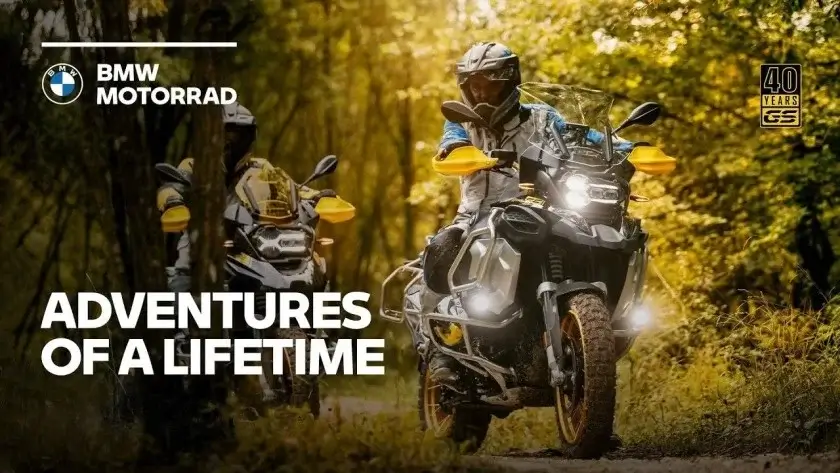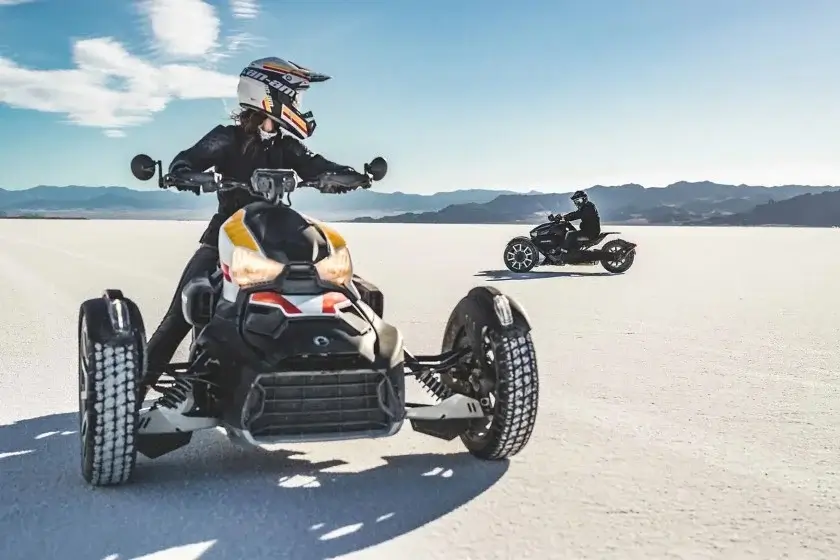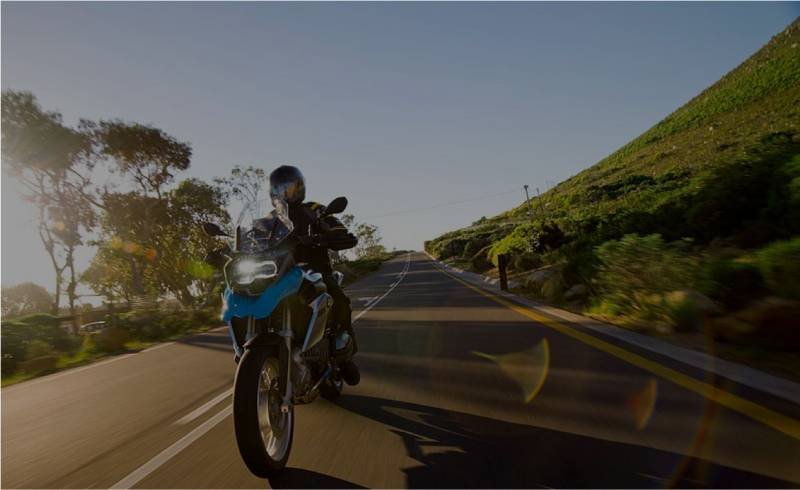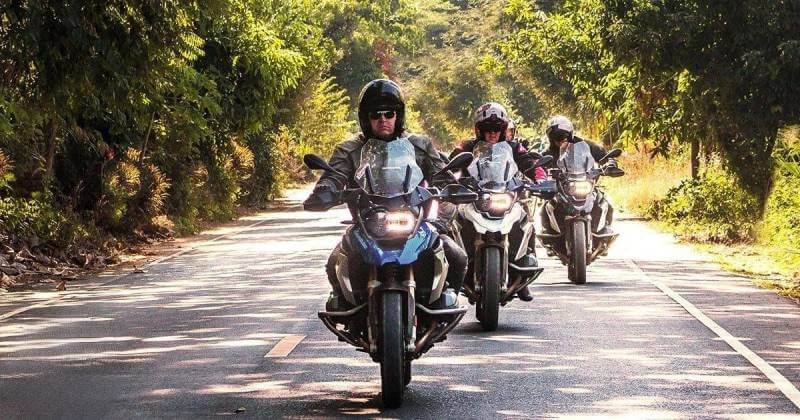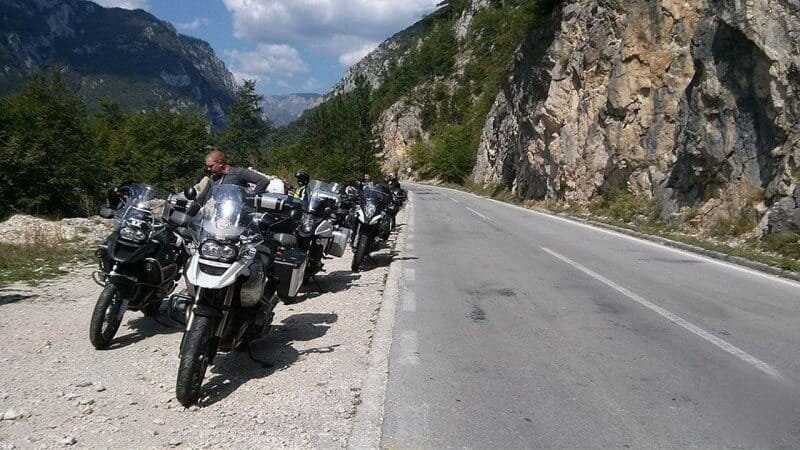Mastering the Art of Cornering on a Motorcycle: Techniques for Safe and Confident Riding
Twisting roads and sharp turns are some of the most thrilling aspects of motorcycle riding. However, cornering requires skill, precision, and proper technique. Whether you’re a seasoned rider or a beginner, understanding and practicing effective cornering techniques is essential for a safe and enjoyable ride. In this guide, we will delve into the key techniques for navigating corners with confidence and control.
The Danger of Entering a Corner Too Fast
One of the most common causes of motorcycle accidents is entering a corner at excessive speed. This is a leading factor in what is often referred to as “single-vehicle accidents.” The well-known phrase “Slow in, fast out” holds true when it comes to cornering. Twisty roads provide an exhilarating riding experience, which is why they are often included in motorcycle tour routes. However, with this excitement comes an inherent risk, requiring riders to exercise caution and awareness to fully enjoy the experience safely.
The biggest challenge in cornering lies in limited visibility, especially on blind turns and mountainous roads. Your riding pace should always be adjusted based on your line of sight. Always be prepared for unexpected obstacles beyond the bend.
Breaking Down the Anatomy of a Turn
Every turn consists of three key points:
- Entry Point: The moment you begin braking, select the proper gear, adjust your body position, roll off the throttle, and focus your gaze into the turn rather than on oncoming traffic.
- Apex (Turning Point): The innermost point of the turn, usually located at the midpoint. This is the farthest point you can see when entering the turn.
- Exit Point: The area where you begin rolling on the throttle again while maintaining tire grip. This is where your line of sight opens up, giving you a clear view of the road ahead.
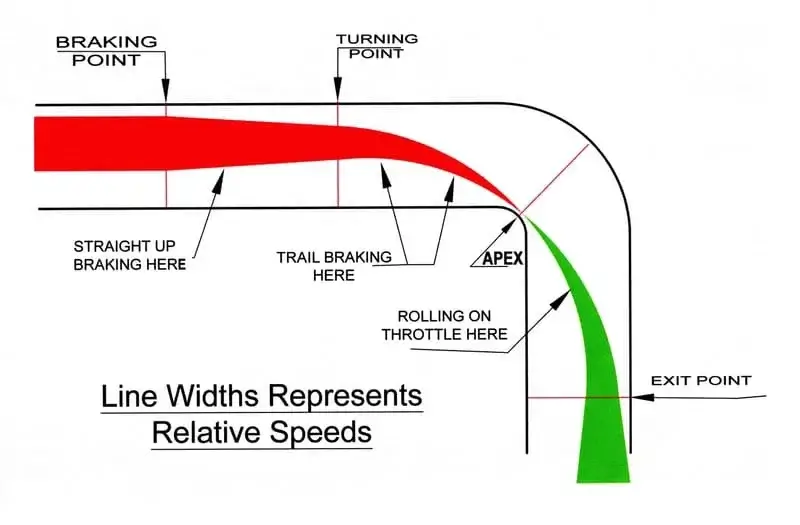
Proper Corner Entry: How to Approach a Turn Correctly
When approaching a blind turn where the exit is not visible, the most important action is braking. The most dangerous mistake is entering a turn too fast. If a turn tightens unexpectedly, your motorcycle may skid or drift into the opposite lane, leading to catastrophic consequences. It is always safer to accelerate through a turn than to brake mid-corner. To stay safe:
- Brake before entering the turn.
- Approach blind turns at a moderate speed.
- Take a wide entry line, positioning yourself towards the outer edge of the lane to maximize visibility and maintain control.
Optimal Motorcycle Positioning for Cornering
Your position on the road significantly impacts your ability to navigate corners safely. When entering a turn:
- Position yourself in the outer third of the lane, closest to the centerline.
- This approach increases your field of vision and allows for smoother cornering.

Focus Your Vision Inside the Turn
One of the most important aspects of cornering is where you look. The beauty of motorcycle riding is the open view of your surroundings, but when entering a corner, you must focus on the inside of the turn.
- Direct your gaze toward the apex of the turn.
- Once you reach the apex, shift your focus to the exit point.
- Maintaining proper eye direction ensures a smooth riding line and reduces the risk of surprises.

Braking Before the Turn: Why It Matters
Road conditions are not always ideal. Potholes, gravel, or sand can make cornering hazardous. Braking before entering the turn helps maintain control and stability. Entering a turn too fast may cause loss of traction or force you into the opposite lane.
- Brake on the straightaway before the turn.
- Slow down to a speed where you feel comfortable and in control.
- Never attempt to ride beyond your skill level.
Hug the Inside of the Turn for Safety
The safest way to navigate a turn is to stay close to the inside apex. This reduces the risk of colliding with oncoming vehicles that might be cutting into your lane.
Throttle Control in the Turn
One critical mistake is keeping the throttle open when entering a turn. Instead:
- Roll off the throttle before entering.
- Maintain a neutral throttle position until reaching the apex.
- Gradually roll back on the throttle after passing the apex to stabilize the bike and exit smoothly.
Choosing the Correct Cornering Line
Your cornering line changes based on the turn’s angle. Many inexperienced riders turn in too early, causing them to drift wide on exit. This is known as the rookie line and is extremely dangerous, as it can push you into oncoming traffic.
- Take a wider entry line, starting from the outside of the turn.
- This gives you a better view into the corner.
- It allows for smoother, more controlled navigation.
- A late and wide entry ensures a clear exit path and more control over the bike’s direction.

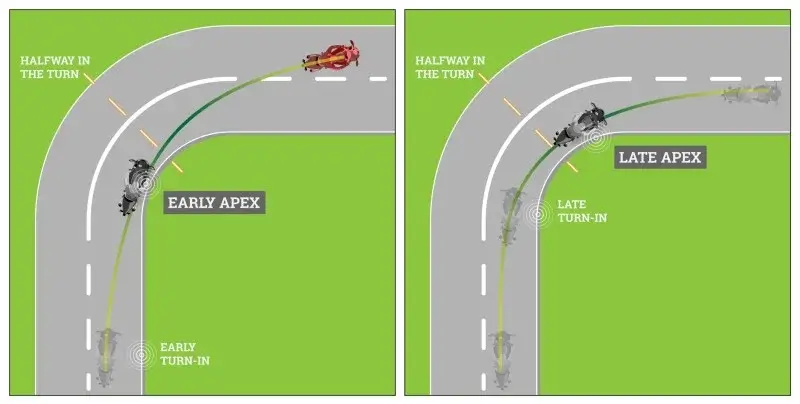
Final Thoughts: The Key to Mastering Cornering
Cornering is a skill that improves with experience, technique, and practice. By implementing these strategies and continuously refining your approach, you will enhance your riding abilities, increase safety, and fully enjoy the thrill of winding roads.
Always remember: safety first. Ride within your skill level, respect the road, and take your time to develop proper cornering techniques. Happy and safe riding!


